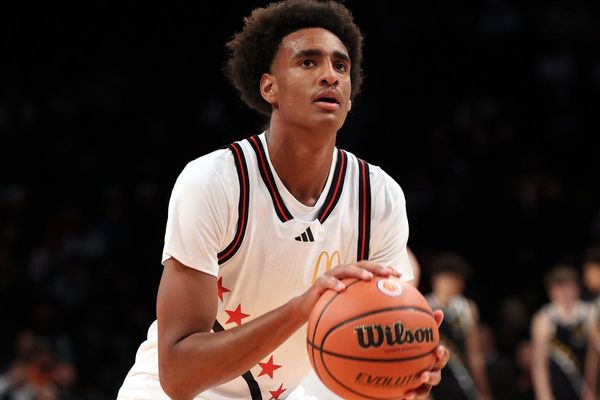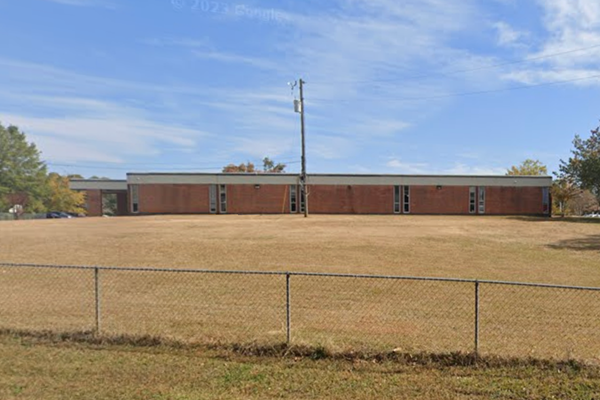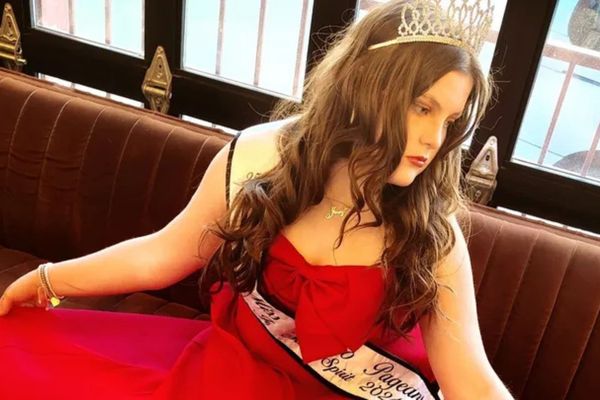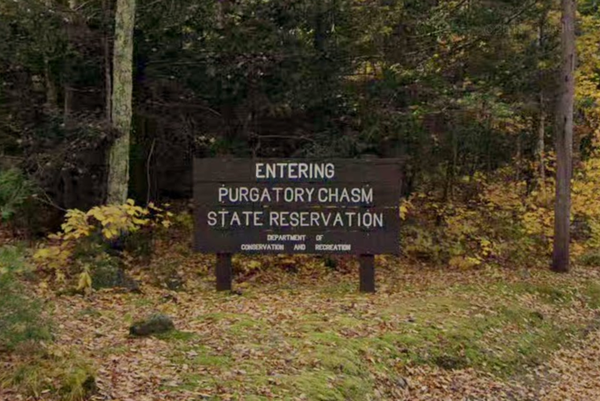
This week, standard sports commentary and common lexicon has seemed extra jarring and ill advised. The idea of teams “battling” each other feels suddenly insensitive. The Hawthorn Football Club women’s football department welcomed two new players to their “army” this week and the Richmond Football Club continued its usual calls to engage the “Tiger Army”. I cringed at the social media posts of actual armies marching into actual battle that ran alongside footy tweets in my timeline.
It’s a strange time to be a sports fan. Around the world sporting organisations scramble to manage the fallout from Russia’s invasion of Ukraine. Matches have been cancelled or boycotted, tournaments are being moved and club owners are stepping down. Sport has always been a mirror reflecting the complex nature of our world – and our politics.
Cue the AFLW’s Indigenous round. In its second year of official celebration and much like its sibling Sir Doug Nicholls Round in the AFLM, Indigenous round is one of the best examples of how to celebrate communities and cultures through sport. It is also one of the few times in sport – Pride Round being the other – that we see anything close to intersectionality even blinked at.
In an Australian sports landscape that continues to be extraordinarily white washed despite the numbers of culturally diverse and Aboriginal and Torres Strait Islander communities that love and play sport, Indigenous round continues to be that one moment in a season where we seem to get it right.
Considering current global events, it would be easy to eye roll at the ever growing “performance” that are the themed rounds. As celebration video after celebration video is released with such speed and volume that it feels like clubs are falling over themselves to signal engagement and connection, the cynic in me thinks about the wizards, behind the smoke and mirrors at AFL House, pulling all the levers. But with invasion of an indigenous land by an outside military force the backdrop, and with yet another International Women’s Day imminent, the AFLW’s Indigenous round seems to be painfully poignant this year.
At a time when it is too easy to fall into despair and cynicism, and when so many are asking “what does any of this even mean?”, Indigenous round is a reminder that stopping to connect, acknowledge culture and platform First Nations communities – women in particular – is in itself healing. Sitting down to watch the footy this weekend felt like a balm.
In promotion of the round, Tanya Hosch, the AFL’s executive general manager of inclusion and social policy, described it as “a powerful platform in highlighting the importance of understanding inclusion and respect of Indigenous peoples, cultures…” In that aim the themed round has been a resounding success. In promotional videos from the league and clubs the words “educate”, “represent” and “connect” are repeated over and over.

Whether it is the platforming of artists like Rubii Red, Chantelle Mitchell and others who have designed jumpers this year, or the celebration of Meriam Mir woman Alicia Janz as Indigneous round honouree, or the emotional Kaitlyn Ashmore talking about her struggles with mental health, deep connection and honest celebration is happening across the AFLW. And that is a win.
Hosch also spoke of the round as a symbol of the AFL’s commitment to ensuring Indigenous communities “have the same access and opportunities” in the game. On that front, while gains are being made, there is still a long way to go. The challenge ahead for the AFLW lies in creating unique pathways that will reach out to Aboriginal and Torres Strait Islander communities in order to filter grassroots participation into pathway systems.
We know in both the men’s and women’s competitions the existing systems do not work for communities on the margins. The AFLW National Championships – having flexed and pivoted during the pandemic – continues, but the Woomeras v Medleys game – the “diversity” talent game that brings together Aboriginal and Torres Strait Islander players with other culturally diverse players – is yet to be confirmed.
As with many sports, these sorts of programmes have taken the biggest hits due to Covid-19. The AFLW suffers in comparison to AFLM when it comes to resourcing and the ability to hub and be flexible, and bespoke diversity pathways similarly crumble at the sign of any stretch – whether it be due to health, economic or cultural reasons.
Regardless of the work ahead, if ever there was a time to reconnect with the true spirit of recognising and celebrating our Indigenous peoples, it is now. If sport does in fact hold up a mirror to society, Indigenous round shows we are willing to come to the party, but perhaps are not prepared to stick around for the clean up. Or not yet.
As Noongar woman and Western Bulldogs development coach, Kirby Bentley, reminded us via a video of her addressing her team: “Do you know where AFL was invented?... Our mob, right? We started it with a possum [fur ball] kicking it around...”. Lest we forget our own history of invasion and erasure.







